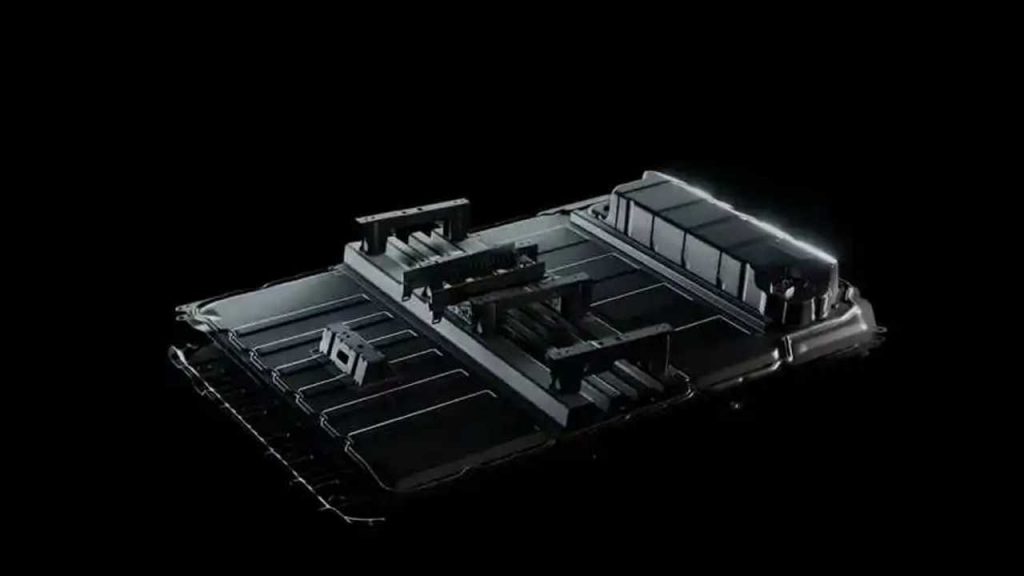Tesla battery maintenance
September 26, 2023

I had an interesting experience the other week when the 12V battery needed replacing in my 2019 Tesla Model 3.
For me, it highlighted how much of a lead Tesla holds in terms of their vehicle systems engineering and overall customer experience. Other automakers could certainly learn something by understanding how Tesla does what they do best in these areas.
Some people assume that EVs don’t need a separate 12V battery as they’ve got a huge battery pack already. However, they can’t function without a working 12V battery. This battery essentially powers all of the electrical components except the drive motors, including lights, wipers, door mechanisms, infotainment system and so on.
When I woke up on a Sunday morning, there was a notification from the Tesla app saying my 12V battery must be replaced soon. Unfortunately I didn’t take a screenshot, but the message was the same as user @BLKMDL3 posted on Twitter/X.
Less than 5 minutes later I’d successfully booked an appointment for the following afternoon with a mobile technician. Luckily my car was still covered under warranty for a few more weeks so the cost estimate was $0. Even though I’m roughly 10km from the nearest Tesla service centre, a mobile technician was offered by default which was convenient as well.
From the comfort of my lounge I had organised the service through the Tesla app without needing to check the car first or speak to anyone.
Compare this with other cars, where you wouldn’t even know you had an issue with your 12V battery until you tried to drive it. You would either need to take your car somewhere to get fixed or utilise a roadside assistance service, which would be similar in terms of convenience at least.
What impressed me next was how the car continued to function perfectly fine in the meantime. I’ve had flat batteries in old petrol cars and been stranded in another brand of EV that required a jump start when the 12V battery was low.
The screen on my Model 3 cycled through three different warnings, although I was able to start and drive it without any problems.
The “Learn More” button takes you to the on screen owner’s manual where you can read more about what these messages mean. For example, certain interior features may be disabled in this situation such as seat heaters and climate control.
Reading through the car manual indicates the car relies more heavily on the DC to DC converter in this situation. The DC to DC converter in an EV performs the same function as an alternator in an internal combustion car. It keeps the 12V battery charged by using the main high voltage battery pack.
In comparison to an alternator, DC to DC converters can operate at any time because it doesn’t rely on an engine running to generate electricity. Instead, it simply converts the 400V or 800V from the main battery pack down to the required voltage to keep the 12V battery charged.
Perhaps even more impressive is that Tesla has virtually eliminated this whole failure mode by engineering a much better solution. Since the start of 2022, Tesla has delivered all new cars with a new lithium-ion low voltage battery that is designed to last the life of the vehicle.
Given the ramp up of Tesla deliveries since then, the majority of Tesla owners in Australia won’t experience this problem. Unfortunately, the newer lithium-ion low voltage batteries cannot be retrofitted into older vehicles with lead-acid 12V batteries.
On Monday afternoon the Tesla technician arrived and completed the 12V battery swap in around 15 minutes. He said the expected lifespan for this type of lead-acid 12V battery is around 3 years. He also said you’ve got roughly a week to replace the battery after the service message first appears.
Overall, I found this experience very informative and thought it was worth sharing. Granted, you may not have this smooth experience if you are located outside a major city, but at least you’ve got some time to source the replacement battery. The owner’s manual includes a detailed procedure to replace the low voltage battery if you’re OK doing it yourself.
If you’re interested in learning more about how various electrical systems work in EVs, I would highly recommend the Ingineerix channel on Youtube. The creator takes apart and reverse engineers many different components. For example, this deep dive into how the low voltage system works in a Tesla is particularly relevant.